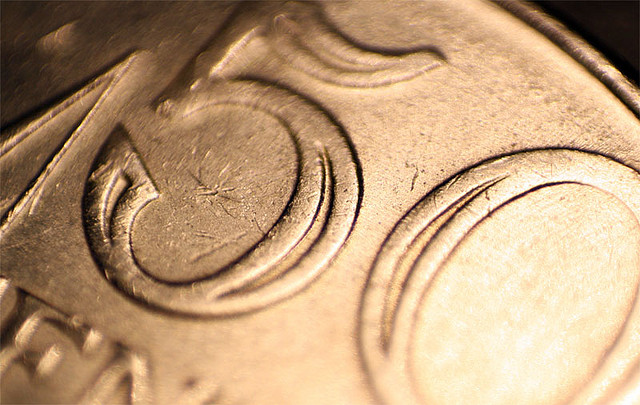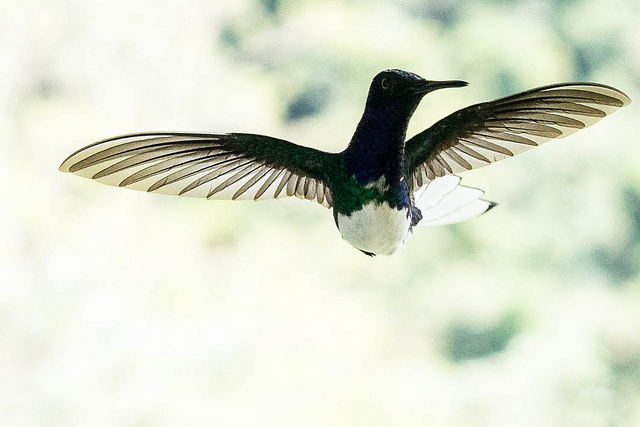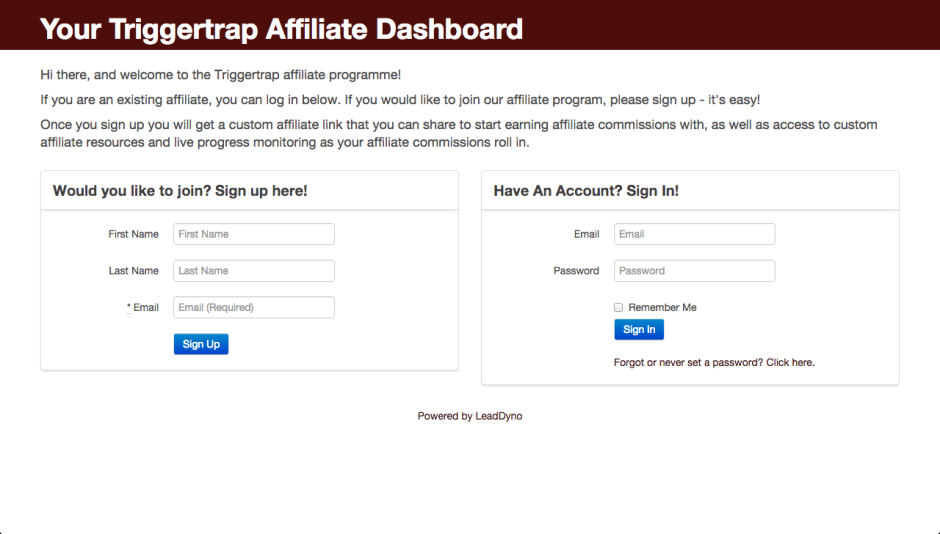Making money from photography can be hard. Between 'rights for reach', Getty permitting non-commercial use of some its images for free, falling stock percentages, and embedding rather than purchasing for website use, it feels as if there's a grizzly trend for photographers to make money in ways that uses their images as income generation leads, rather than income generators.

I'm far from keen on this descent of the photograph from product to income lead generator, but whining about the situation won't cure it. Rather, you need to harness all of your assets and put them to work for you. Even if you are continuing to make money from your photography, or if you're an amateur who doesn't sell their work, it is worth capitalising on your website views to have some other means of bringing in some pennies, especially if you find yourself thinking 'If only I had a pound for every time some bought a Really Good Widget on my recommendation!' Maybe you should consider affiliate marketing?
What is affiliate marketing?
The theory behind affiliate marketing is fairly simple. You form some kind of partnership with companies and retailers related to your sphere of operation. If and when you mention their products or products that they sell on your website, maybe in an article or perhaps in an advertising box or a banner, you include a unique tracking link to their website or webstore. Should your readers click on that link and make a purchase, you get a kick-back from the sale. If you promote a product, consciously or not, you might as well benefit from it.
Which companies offer affiliate schemes?
There's a welter of photography-related companies that run affiliate schemes that you can incorprate into your website. You can choose from retailers and e-tailers such as Adorama, Amazon, B&H, Jessops, and Waterstones. Plenty of printers and print firms offer affiliate schemes: Moo, Photobox, Shutterfly, and Snapfish, for example. Our publishers, Ilex, runs an affiliate scheme. And so does Triggertrap.
Which affiliate schemes should I join?
First, you really need to think about the content that you produce and the nature of your readership. You'll do best out of affiliate marketing if you form partnerships with companies that will appeal to your readers. After that, you need to decide on how mercenary you want to be. Are you prepared to link readers to any company in order to capitalise on their spending? Or are you more discerning and will use your affiliate links as more of an endorsement? If you're always using a particular product and singing its praises, encouraging other people to use it, why not make some pin-money from that?
What do the links look like and how do I use them?
Generally speaking there are two forms of affiliate marketing you can use: links and banners. When you form an affiliate partnership with a company, you'll be provided with a dedicated affiliate link. Every time that you mention the company or any of the products that it sells, you link to its website or the product in its webshop and add the affiliate link to the end of the URL.
For example, say I ran the Really Good Widget Company and you signed up as an affiliate partner. I'd give you an affiliate link which might look like ?afl=101. If you mentioned one of my Really Good Widgets in a blog post or article, you would link to its page in my webstore and apend ?afl=101 to its URL. If a reader clicked the link and bought a Widget, I'd give you a percentage of that sale.
Affiliate links can take a little time to insert: you need to hunt down the webpage to which you want to link and add your unique affiliate code, but it's not too much of a faff, especially if you were already going to link there. If you're handy with coding, you can write a bookmark to automatically add your code to a URL with a click.
As well as these links, some companies provide affiliate linked banners and boxes that you can insert into your website which look like advertising. If your readers click through from your website to their webstores and make a purchase, you'll receive a share of the sale. Provided that you can easily include a banner or some advertising boxes on your website, these are simple to use.
How much can I expect to earn?
How long is a piece of string? For a start, I don't think that I've found two affiliate schemes that offer the same rewards. Ilex offers a 15% share of each sale; Triggertrap starts with a 5% share of the order value, but that rises to 10% after you generate 50 sales. Other companies are less generous, with 3 or 4% shares of order values. And it depends on the expiration length of your affiliate links, too. Some companies provide 7-day cookies but others offer 30-day cookies. This means that when someone clicks through a link, they don't necessarily have to make the purchase immediately. With a 7-day cookie they could return within the following week and buy their Really Good Widget and you'd still get your fee; but with a 30-day cookie, their click is remembered for almost a month.
Do take note of the scheme's minimum payment sum, too. Some companies set a high threshold and you'll need to generate a lot of sales before you can reap the benefits in cash. Also give some consideration to payment method. Cashing an international cheque is expensive. Do you have or want to have a Paypal account? Is an electronic bank transfer best?
You also need to deploy your affiliate links effectively. Bombarding your readers or viewers with affiliate links that you've shoe-horned into blog posts or image captions at every opportunity might not win you many favours. But if you used a technique mentioned in an Ilex book, link to the book when you blog about it. If you shot an image using Triggertrap, link to Triggertrap when you caption it. You need to be positive about your linking, but not overly enthusiastic.
I'm sure that there are some people who've managed to sustain their empires through affiliate marketing alone, but they're likely very scarce. Don't expect affiliate marketing to make you a fortune, but with careful management it will be preferable to a poke in the eye with a sharp stick.
Is there anything else I need to know?
Yes. EU law demands that if you use cookies on your site you must declare this to your visitors. Seeing as affiliate marketing relies on cookies, you will need to include a cookie banner on your website should you be based in the EU. The good news is that for anyone using WordPress, there are a welter of cookie banner plug-ins available. Pick one and away you go.
Some companies want you to have a minimum number of visitors to your site each month before you can sign up. It helps to have your figures to hand before you try to forge any partnerships.
Finally, signing up for a US-based affiliate programme when you're extra-US can be a headache when it comes to the IRS. I know this from experience. Affiliate marketing is meant to make you money, not cost you money in terms of time or frustration; do consider fiscal geography when signing up for an affiliate programme.
Great! Where do I sign up?
Most companies that offer affiliate marketing have a link at the foot of their websites. This will take you through to an affiliate programme portal, which is usually operated by a third party. Affiliate Window is popular. Triggertrap uses LeadDyno. For some you need to provide quite a bit of information from the outset, others are quite minimalist.
Once you've done that, you'll be given your affiliate code and banners to include on your website. Then you can start to watch the pennies roll in.











 What is this? - In our NewsFlash section, we share interesting tidbits of news. Think of it as our extended twitter feed: When we find something that get our little hearts racing, we'll share it with you right here! Loving it? Great, we've got
What is this? - In our NewsFlash section, we share interesting tidbits of news. Think of it as our extended twitter feed: When we find something that get our little hearts racing, we'll share it with you right here! Loving it? Great, we've got